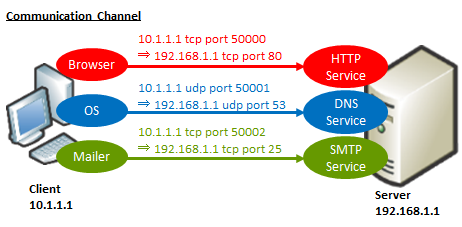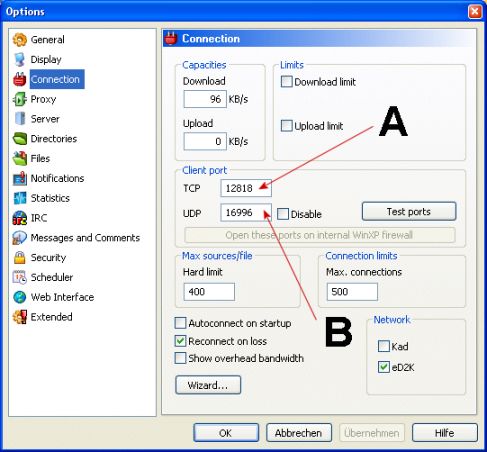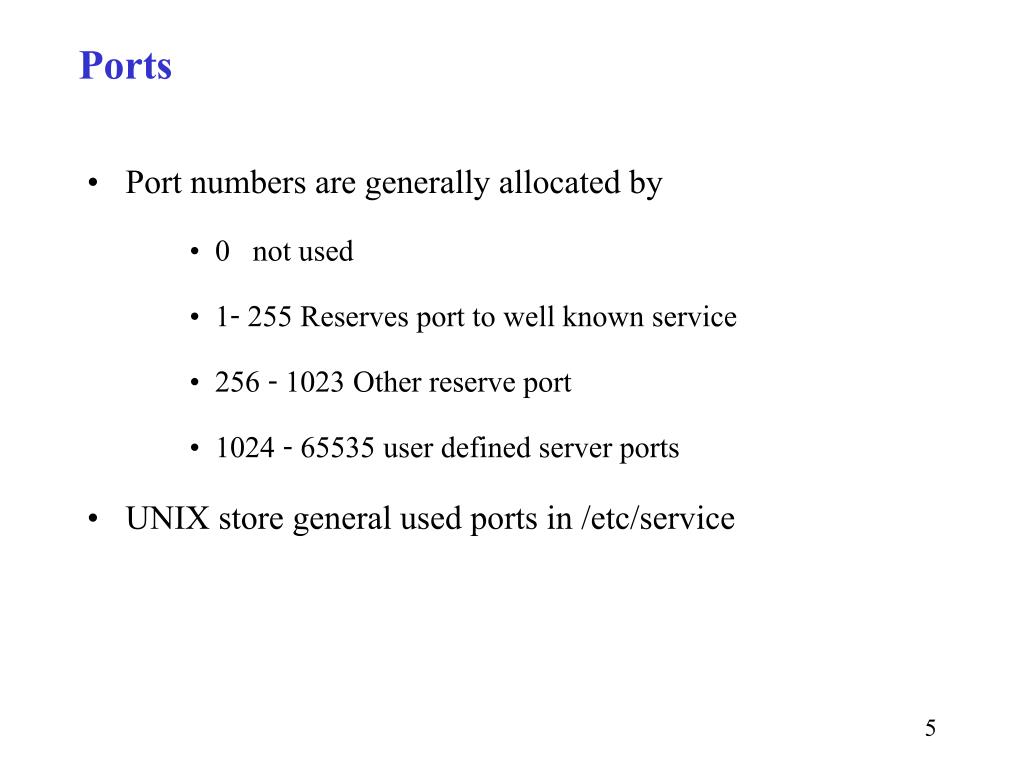

That use SIP to register to the Webex Calling service and the associated media aren’t sent to the proxy. If a proxy server address is configured, then only the Signaling traffic (HTTP/HTTPS) is sent to the proxy server. That you turn off this functionality to maintain correct operation of service.Ĭheck the relevant manufacturer's documentation for steps to disable SIP ALG on specific devices. If a router or firewall is SIP Aware, that is the SIP Application Layer Gateway (ALG) or similar is enabled, we recommend This timeoutĪllows reliable connectivity while reducing the battery consumption of the users' mobile devices. If your network implements NAT or SPI, then set a larger timeout (of at least 30 minutes) for the connections. Example: Cisco phones send follow-up REGISTER refresh If deploying NAT, it’s not mandatory to open an inbound port on the firewall.ĭefine reasonable binding periods and avoid manipulating SIP on the NAT device.Ĭonfigure a minimum NAT timeout to ensure proper operation of devices. Network Address Translation or Port Address Translation functionality is applied at the border between two networks to translateĪddress spaces, or to prevent the collision of IP address spaces. Ports for the required protocols to let out services. However, if you're running inside-to-outside rules, you must open Not all firewall configurations require ports to be open. Webex Calling uses SIP and HTTPS for call signaling and the associated addresses and ports for media, network connection, and gateway connectivity If you have any questions or are unsure what to do, we recommend finding a guide that provides more information.A correctly configured firewall and proxy are essential for a successful calling deployment. Be aware that your router may display a different interface. The application should already specify the port when attempting to connect.īelow you will see interfaces from the 4 most popular manufacturers. Please Note: If you are using a mobile application, you will need to use just your hostname to connect. S imply enter your hostname followed by the port number into the address bar. You should now be able to connect to your device via a web browser. If the port is open, a report should come back stating so. Step 5: Finally, check to see if the port is open by going to Enter the port number you have forwarded and click Check Your Port.

Next, enter the internal IP address of the device you are port forwarding to and click “Apply” or “Save” to store the changes. Select “TCP/UDP” under Protocol or “Both” if you are unsure of which protocol you are using. Then you’ll enter the desired port you are forwarding in the port field. Step 4: On the Port Forwarding page, you will be prompted to enter in a custom name for your device, usually the device you’re trying to reach like a security camera or NVR.

Typically this will be under Advanced and then Port Forwarding or Virtual Server. Step 3: Next, locate the port forwarding settings. If not, you can try the most common credentials below.

Please Note: The credentials for y our router should be found on a sticker located underneath or behind your router. Step 2: Enter the credentials for your router on its login page. Step 1: Login to your router via the default gateway address. If you require further support than this, you may need to reach out to your router manufacturer or internet service provider. The following guide was created to point you in the general direction. Please note that port forwarding is not a feature provided by and our support team can not guide you on this. This is called Port Forwarding and the general steps provided here can guide you in configuration. you will need to open an extra door or two in your router in order for the outside traffic to get inside. So, in order to run a mail server, game server, access your computer remotely, etc. Your router comes pre-configured with a few of those doors (or ports) open to let you access the internet, but the others are closed tight. This electric fence or wall serves as your barrier and security blanket from the scary outside Internet world. Think of your router as being a huge electric fence or wall, with a few doors or openings. If you have a router at home or at your office and you wish to reach a device on the network, you will need to forward ports in order for outside traffic to get into your network. Here’s a great video that explains the basics of port forwarding:


 0 kommentar(er)
0 kommentar(er)
